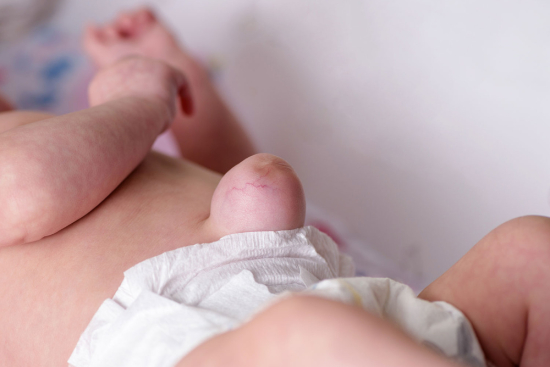Umbilical hernia is a common condition, especially in infants and obese people. It manifests itself as a bulge at the navel due to weakness of the abdominal wall at this point. This bulge may be painless or cause discomfort, especially during physical exertion.
Cost of umbilical hernia surgery in Turkey
The cost of umbilical hernia surgery in Turkey varies depending on the technique used and the type of prosthesis.
However, with Turquie Santé, you can benefit from umbilical hernia surgery at the best possible price. Our partner clinics, renowned for their excellence, provide you with surgeons highly qualified in the treatment of hernias.
Benefit from medical expertise and personalized care in modern facilities equipped with the latest technology.
From pre-operative preparation to post-operative care, our team of interpreters' guarantees you personalized follow-up.
Contact us now for a free quote and to organize your medical stay in Turkey.








